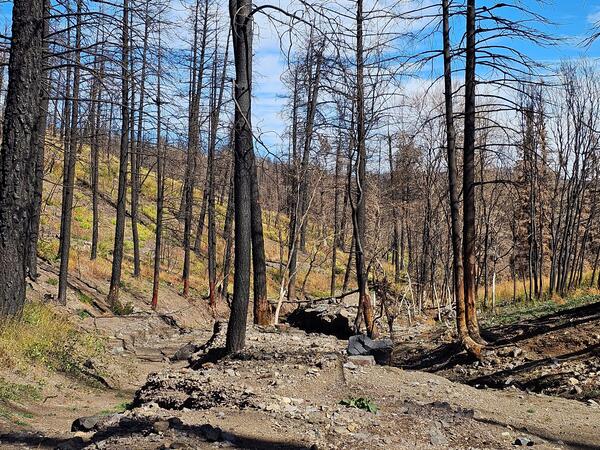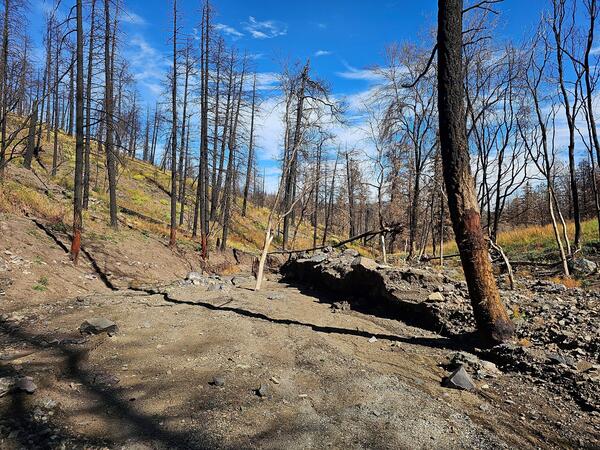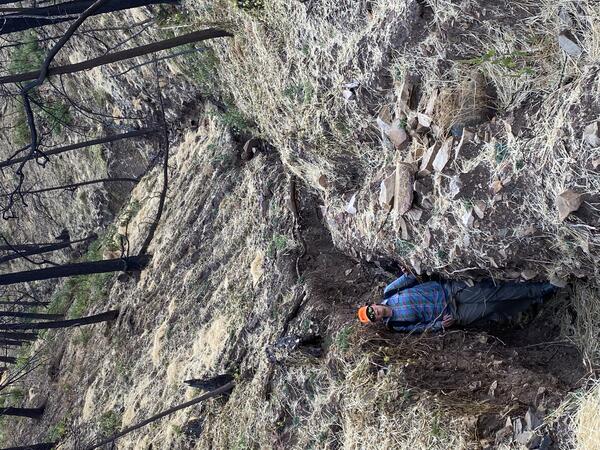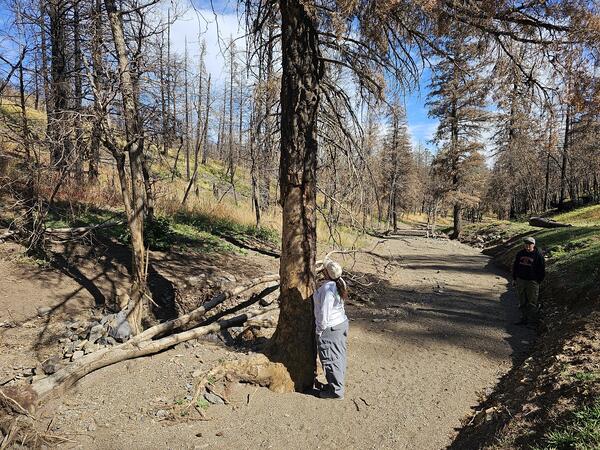2022 Chaos Canyon Landslide in Colorado:
Insights revealed by seismic analysis, field investigations, and remote sensing
Rainfall intensification amplifies exposure of American Southwest to conditions that trigger postfire debris flows
Improving Postfire Debris-Flow Hazard Assessments In The Pacific Northwest Through Application Of Debris-Flow Models
Landslide Hazards Program
The primary objective of the National Landslide Hazards Program is to reduce long-term losses from landslide hazards by improving our understanding of the causes of ground failure and suggesting mitigation strategies.
Quick Links
Here is where to find some of our most popular content:















